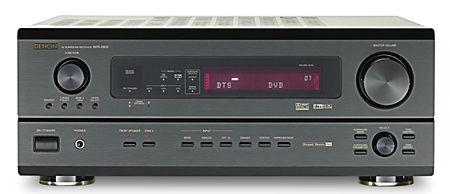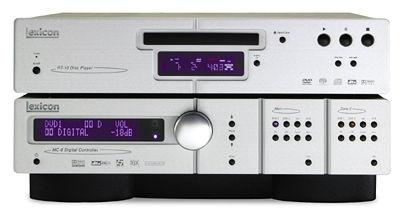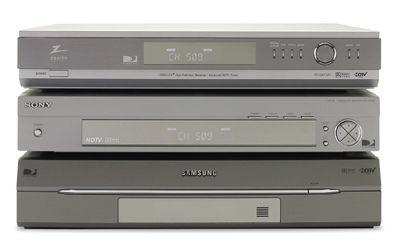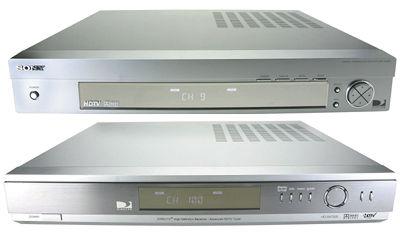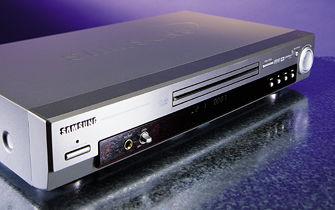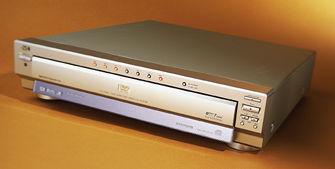|
Jan 04, 2004
|
Dec 01, 2003
|
Oct 27, 2003
|
Sep 01, 2003
|
Jul 14, 2003 |
First Published: Jul 15, 2003
|
Jun 27, 2003 |
First Published: Jun 28, 2003
|
Apr 09, 2003 |
First Published: Apr 10, 2003
|
Mar 10, 2003
|
Feb 15, 2003
|
Feb 11, 2003 |
First Published: Feb 12, 2003
|
Dec 19, 2002 |
First Published: Dec 20, 2002
|
Sep 02, 2002 |
First Published: Sep 03, 2002
|
Aug 05, 2002 |
First Published: Aug 06, 2002
|
Jul 11, 2002 |
First Published: Jul 12, 2002
|
Jun 11, 2002 |
First Published: Jun 12, 2002



